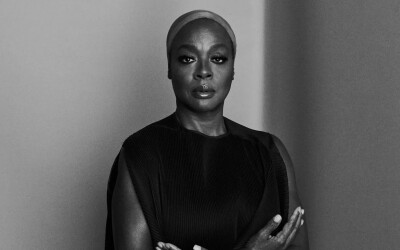When Ursula Burns became the CEO of Xerox in 2009 at age 50, she was the first black woman to lead a Fortune 500 company. What did she learn along the way?
“A lot of what pioneers do, they do not benefit from themselves,” she says.
Climbing to the top of the corporate ladder wasn’t a given for Burns. She grew up in Manhattan’s Lower East Side, moving from a tenement building to a small apartment in the projects to, in her words, a bigger apartment in the projects. While she was poor, she said she enjoyed the support of her mother and siblings, and pursued engineering with encouragement from a guidance counselor.
“I have more money than my mother would have ever imagined, and I still don’t judge my success by that,” she says.
Though she was often one of few women—and the only woman of color—in the room, she never let it hamper her ambition. She joined Xerox as an engineering intern, and stayed on to become one of the most powerful women in business.
“I say this to women all the time, particularly women trying to get into STEM, I guarantee you you will be the minority in the room,” she says. “And instead of that being a burden, it should be an opportunity for you, to distinguish yourself.”
“All of us now are pioneers,” she says. “Every one of us.”
Burns was raised in a low-income housing project on Manhattan’s Lower East Side. She was the second of three children raised by a single mother who operated a home day-care center and took ironing and cleaning jobs to earn money to pay for Burns to attend Cathedral High School, a Roman Catholic preparatory school. Excelling at math, Burns later earned a bachelor’s degree in mechanical engineering (1980) from the Polytechnic Institute of New York University in Brooklyn. In the same year, she began pursuing a master’s degree in mechanical engineering from Columbia University and joined Xerox as a summer mechanical-engineering intern through the company’s graduate engineering program for minorities, which in turn paid a portion of her educational expenses.



